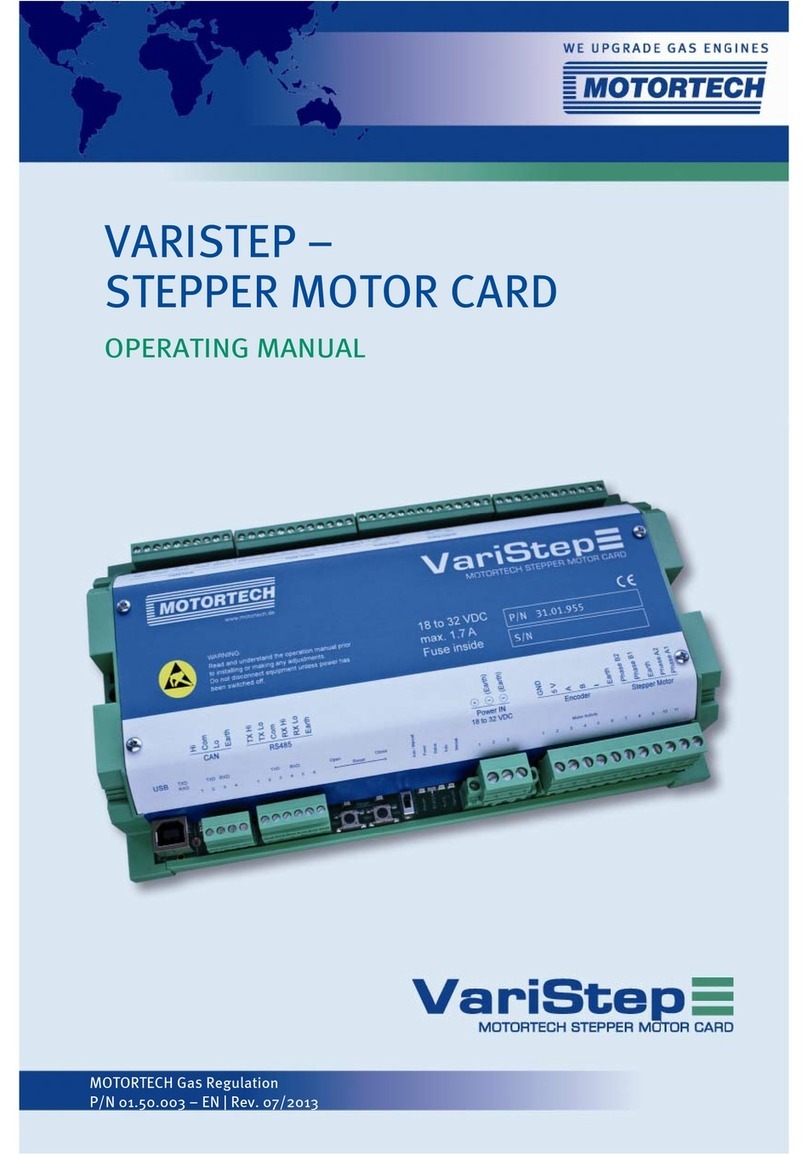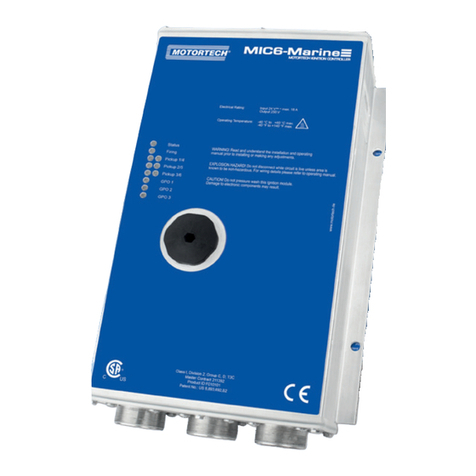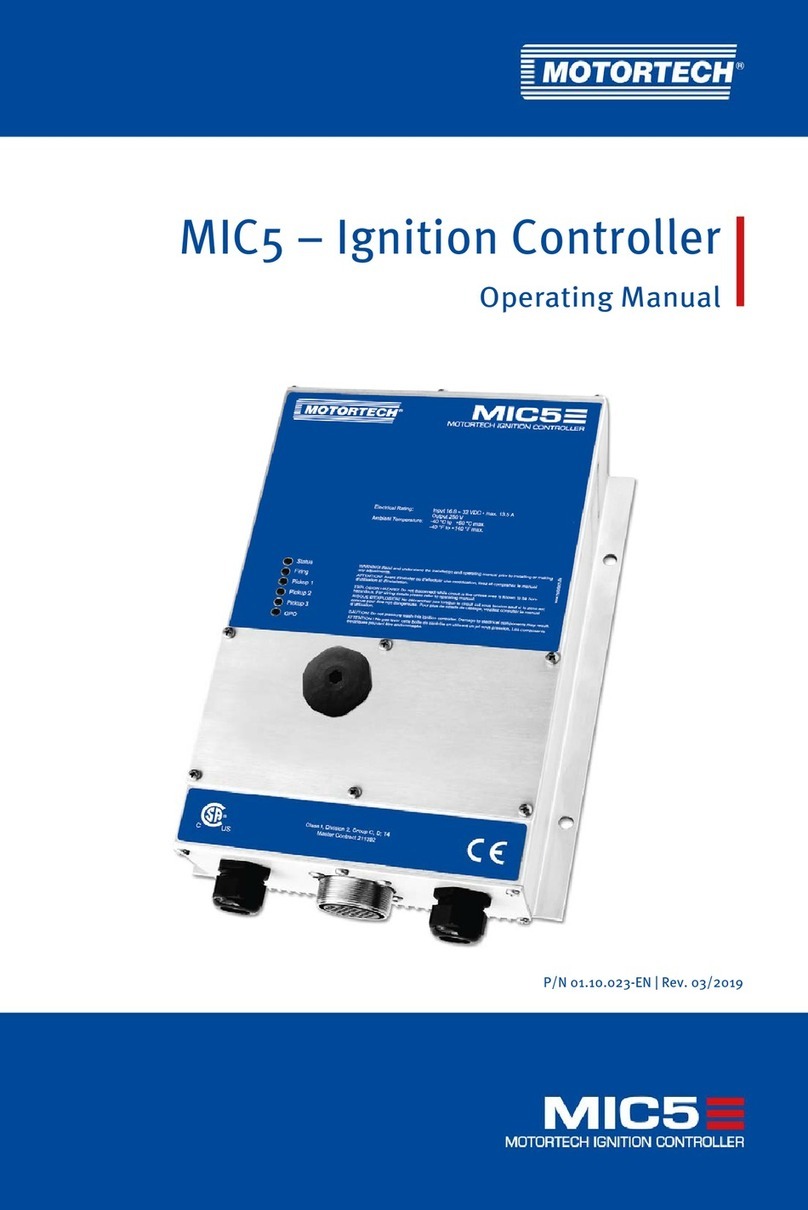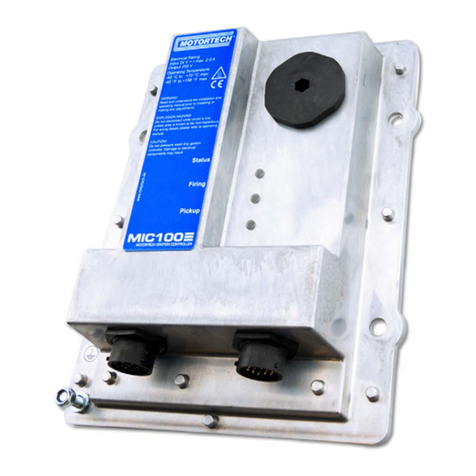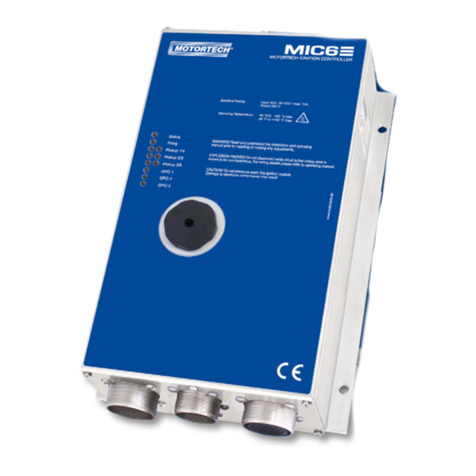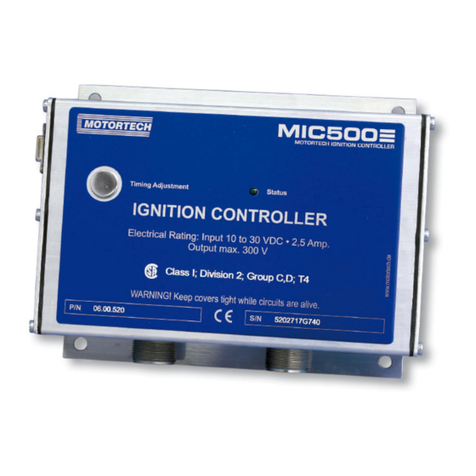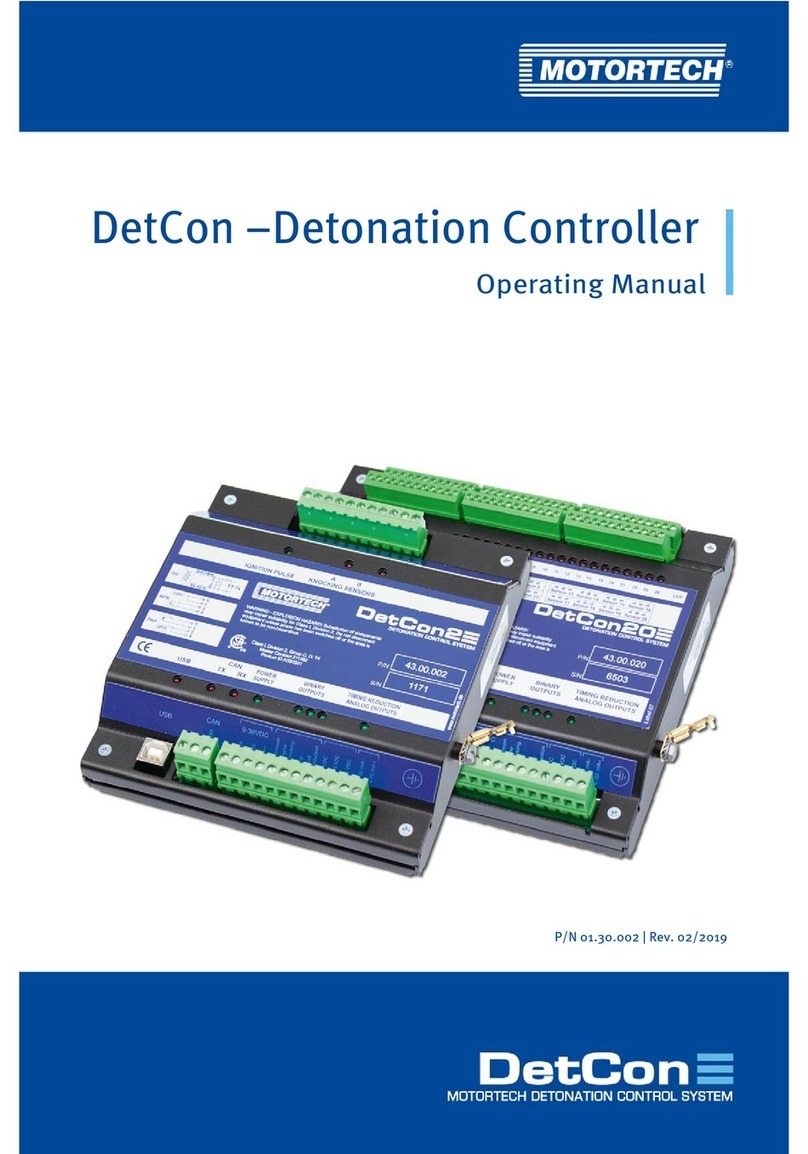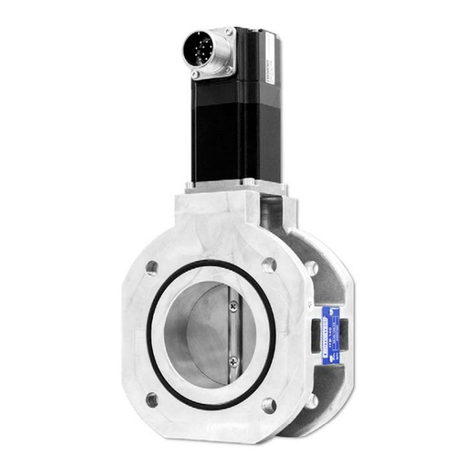
Table of Contents
4 Rev. 06/2020
6.10 Wiring – Modbus (RS485)....................................................................................42
7 Functions...................................................................................................................44
7.1 NOx Emission Control............................................................................................ 44
7.2 Pump Self Test .....................................................................................................44
7.3 Control of the Pressure of the Pump.......................................................................44
7.4 Cooling of the Dosing Valve................................................................................... 45
7.5 Protection against Freezing of the Dosing Valve...................................................... 45
7.6 Manual and Automatic Operation .......................................................................... 45
7.7 Access Control......................................................................................................46
8 Settings via the MICT................................................................................................ 48
8.1 MICT System Requirements...................................................................................48
8.2 MICT Installation..................................................................................................48
8.3 Access Levels in the MICT ..................................................................................... 49
8.4 Configuration Pages (Overview) ............................................................................ 50
8.5 Menu Bar and Toolbar............................................................................................51
8.6 Manual Valve Adjustment ..................................................................................... 54
8.7 Manual Pump Adjustment ..................................................................................... 54
8.8 Online Update Settings ........................................................................................ 56
8.9 Access Control for the VariSCR Emission Controller ................................................ 57
8.9.1 Enable/Disable Access Control ........................................................................... 57
8.9.2 Login/Logout .................................................................................................... 57
8.9.3 Changing the PIN .............................................................................................. 58
8.9.4 Reset all PINs.................................................................................................... 58
8.10 Working with Configurations ............................................................................... 59
8.10.1 Create, Open, Save...........................................................................................60
8.10.2 Upload, Download ........................................................................................... 61
8.10.3 Compatibility Information................................................................................. 61
8.11 Configuration...................................................................................................... 62
8.11.1 Inputs/Outputs – Control Setup......................................................................... 63
8.11.2 Exhaust Control – Parameter.............................................................................64
8.11.3 Exhaust Control – SCR – Pump Setup.................................................................66
8.11.4 Exhaust Control – SCR – Pump Self Test............................................................. 67
8.11.5 Exhaust Control – SCR – Dosing Valve ...............................................................69
8.11.6 Exhaust Control – SCR – Feed Forward Control ................................................... 70
8.11.7 Exhaust Control – Check ....................................................................................71
8.11.8 Miscellaneous – Communication....................................................................... 73
8.11.9 Miscellaneous – Service Contact....................................................................... 75
